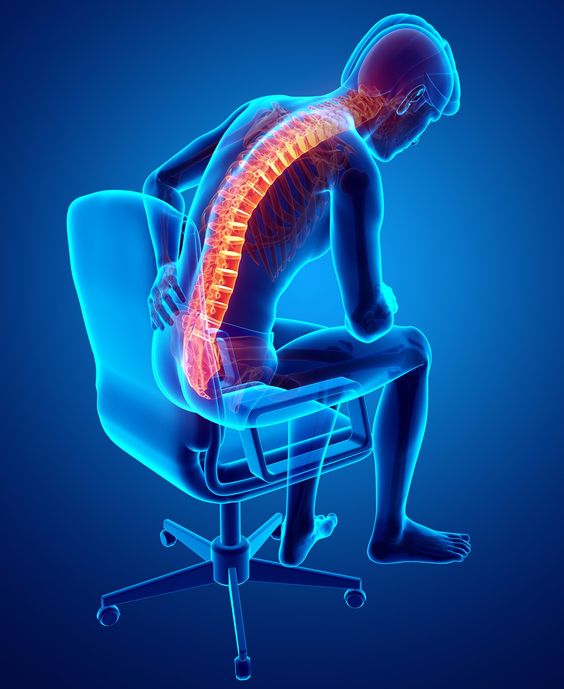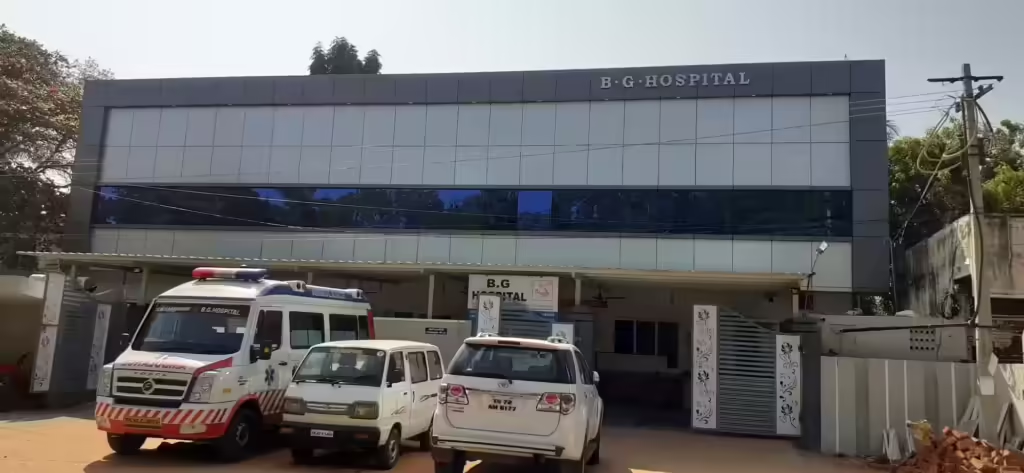Introduction
Back pain is a common complaint that affects millions of people worldwide. It can range from a dull, constant ache to a sudden, sharp pain, significantly impacting daily activities and quality of life. Understanding the signs and causes of back pain is crucial for effective management and prevention.
Tapsmart 100 pills are a type of medicine that contains tapentadol as the main ingredient. Tapentadol is an opioid painkiller that is used to treat moderate to serious pain, as well as both short-term and long-term pain. By binding to opioid receptors in the brain and spinal cord, it lessens pain and the hormonal response that comes with it.
Signs and Symptoms of Back Pain
Back pain can manifest in various ways, depending on the underlying cause and the affected area of the spine. Here are some common signs and symptoms:
1. Acute vs. Chronic Pain
- Acute Back Pain: This type of pain comes on suddenly and typically lasts from a few days to a few weeks. It often results from an injury, such as a fall or lifting something heavy.
- Chronic Back Pain: Pain that lasts for more than three months is considered chronic. It can persist even after the initial injury or underlying cause has been treated.
2. Location of Pain
- Lower Back Pain: The most common type, often caused by muscle strain, ligament sprain, or herniated discs.
- Middle Back Pain: Less common and can be due to poor posture, muscle strain, or underlying conditions like osteoporosis.
- Upper Back Pain: Often associated with muscle irritation, joint dysfunction, or problems in the neck.
3. Nature of Pain
- Dull, Aching Pain: Often a result of muscle strain or ligament sprain.
- Sharp or Stabbing Pain: This can indicate a more serious issue such as a herniated disc or spinal stenosis.
- Radiating Pain: Pain that radiates down the leg, known as sciatica, usually indicates a pinched nerve.
- Stiffness and Reduced Range of Motion: Often due to muscle tension or arthritis.
Tydol 100 To treat moderate to serious Acute Pain, a drug called a tablet is used. Pain is an unpleasant feeling and sound that can be caused by a possible or real tissue injury. Tapentadol is what makes Tydol 100 Tablets work. It blocks pain messages from the brain to the body by directly acting on opioid receptors in the central nervous system.
4. Associated Symptoms
- Numbness or Tingling: Indicates nerve involvement, often seen in conditions like sciatica.
- Weakness in the Legs: This can be a sign of a serious condition such as cauda equina syndrome, which requires immediate medical attention.
- Bowel or Bladder Dysfunction: Also associated with cauda equina syndrome.
Causes of Back Pain
Back pain can arise from various causes, ranging from lifestyle factors to underlying medical conditions. Here are some common causes:
1. Mechanical Causes
- Muscle Strain and Ligament Sprain: Often due to heavy lifting, sudden movements, or poor posture.
- Herniated or Bulging Discs: When the soft material inside the disc pushes out through a tear, it can press on nerves, causing pain.
- Degenerative Disc Disease: As we age, discs lose moisture and flexibility, which can lead to pain.
- Facet Joint Dysfunction: Inflammation or arthritis in the small joints between vertebrae can cause pain.
- Spinal Stenosis: Narrowing of the spinal canal, putting pressure on the spinal cord and nerves.
- Spondylolisthesis: A condition where a vertebra slips out of place onto the bone below it.
2. Traumatic Injuries
- Fractures: Spinal fractures, often due to accidents or falls, can cause severe pain.
- Sprains and Strains: Soft tissue injuries can result from trauma or overuse.
3. Medical Conditions
- Arthritis: Osteoarthritis can affect the lower back, causing pain and stiffness.
- Osteoporosis: Weak, brittle bones are more prone to fractures, including in the spine.
- Infections: Spinal infections, though rare, can cause severe pain and other systemic symptoms.
- Kidney Stones or Infections: Pain originating from the kidneys can radiate to the back.
- Endometriosis: In women, endometrial tissue growing outside the uterus can cause lower back pain.
4. Lifestyle Factors
- Poor Posture: Slouching or improper ergonomics can strain the back muscles and spine.
- Lack of Exercise: Weak, unused muscles can lead to back pain.
- Excess Weight: Puts additional stress on the spine and back muscles.
- Smoking: Can reduce blood flow to the spine and increase the risk of degenerative disc disease.
5. Psychological Factors
- Stress and Anxiety: Can lead to muscle tension and chronic pain.
- Depression: Often associated with chronic pain conditions.
Diagnosing Back Pain
Diagnosing the cause of back pain involves a thorough medical history and physical examination. Depending on the symptoms, further tests may be required:
- Imaging Tests: X-rays, MRIs, or CT scans can help identify structural problems.
- Blood Tests: To check for infections or inflammatory conditions.
- Bone Scans: Useful for detecting fractures or bone abnormalities.
- Electromyography (EMG): Measures the electrical activity of muscles to diagnose nerve compression.
Treatment and Management of Back Pain
The treatment of back pain depends on its cause and severity. Common treatments include:
1. Conservative Treatments
- Rest: Short-term rest can help acute injuries but prolonged inactivity should be avoided.
- Ice and Heat: Ice packs can reduce inflammation, while heat packs can relax muscles.
- Medications: Over-the-counter pain relievers like NSAIDs, and in some cases, muscle relaxants or prescription painkillers.
- Physical Therapy: Exercises to strengthen the back muscles, improve posture, and increase flexibility.
- Lifestyle Modifications: Maintaining a healthy weight, practicing good posture, and regular exercise.
2. Interventional Treatments
- Injections: Corticosteroid injections can reduce inflammation around the nerves or joints.
- Nerve Blocks: To relieve pain by interrupting nerve signals.
3. Surgical Treatments
Surgery is usually considered when conservative treatments fail, or if there is a serious underlying condition. Surgical options include:
- Discectomy: Removal of a herniated disc that is pressing on a nerve.
- Laminectomy: Removal of part of the vertebra to relieve pressure on the spinal cord.
- Spinal Fusion: Joining two or more vertebrae to provide stability.
- Vertebroplasty/Kyphoplasty: Procedures to repair compression fractures.
Prevention of Back Pain
Preventing back pain involves adopting a healthy lifestyle and taking measures to protect the back:
- Exercise Regularly: Strengthen the muscles that support the back.
- Maintain a Healthy Weight: Reduces strain on the back.
- Proper Lifting Techniques: Lift with your legs, not your back.
- Ergonomic Work Environment: Ensure your workstation supports good posture.
- Quit Smoking: Improves overall spinal health.
When to See a Doctor
While most back pain improves with self-care, certain symptoms warrant a visit to a healthcare provider:
- Severe Pain: Especially if it doesn’t improve with rest.
- Pain after an Injury: Such as a fall or accident.
- Numbness or Weakness: Particularly in the legs.
- Bowel or Bladder Problems: Could indicate cauda equina syndrome.
- Unexplained Weight Loss: Along with back pain.
Conclusion
Back pain is a multifaceted condition with a wide range of potential causes and symptoms. Understanding the underlying factors and recognizing the signs can lead to better management and prevention. If you experience back pain, consider consulting with a healthcare provider to determine the best course of action tailored to your specific needs. Maintaining a healthy lifestyle, practicing good posture, and seeking timely medical advice can significantly improve your back health and overall quality of life.








